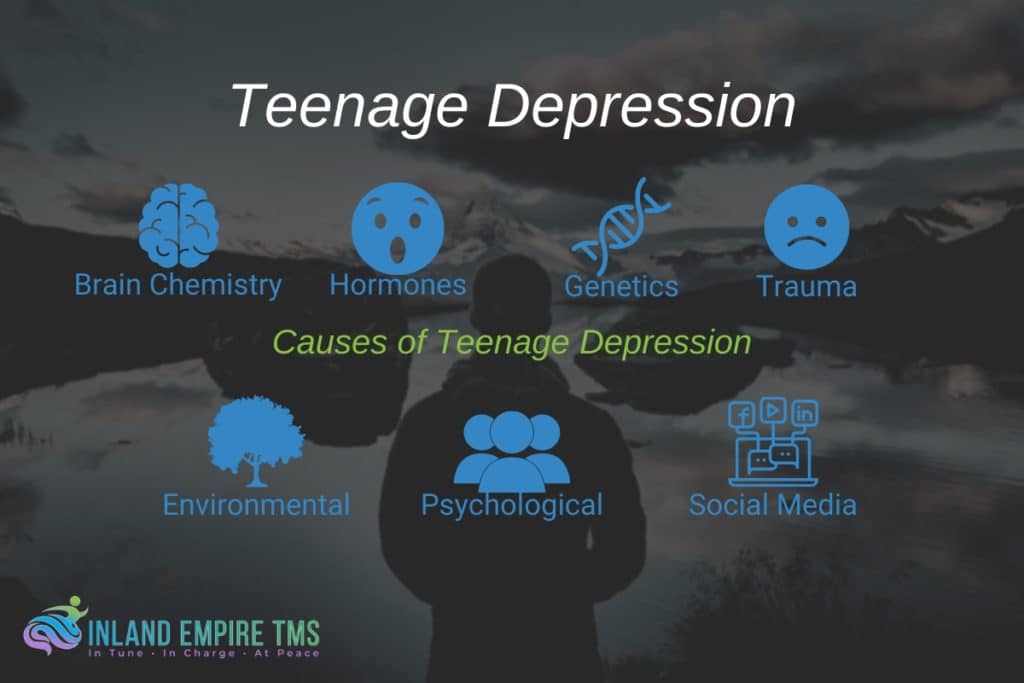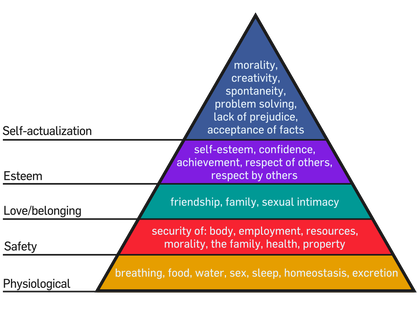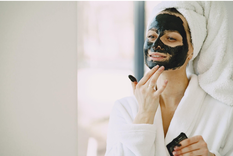1. Prioritize Safety
Your wellness plan must contain safety precautions. When you check into a hotel, don't rely on the door locks alone to keep you safe. To maximize your safety measures, avoid staying on the first floor of the hotel, keep your luggage locked when you have to leave the room, and also keep the deadbolt locked when you're inside.If you're concerned about the staff coming into your room, keep the do not disturb sign on the outside of the door, and also choose hotels with a safe in the room.
2. Seek Healthy Food Options
It can be very difficult to eat well while traveling, especially if you are busy with meetings all day and just need something fast. The best way to avoid unhealthy snacking is to prepare a snack bag to keep with you and include healthy snacks, such as fruit, nuts, and granola bars. You can keep a water bottle in your bag as well.When you do get the chance to eat a meal out, search for healthy options on the menu. For example, even fast food restaurants offer some salad options.
3. Get Sufficient Sleep
Sleep is absolutely crucial to your overall wellness. A lack of sleep can weaken your immune system, and getting sick when you travel is miserable. In the long-term, not getting sufficient sleep can cause heart disease and increase your risk of weight gain and diabetes. Ultimately, you need the right sleeping hours to get the quality sleep that keeps you healthy.4. Stay in a Hotel With a Pool or Fitness Center
Fitness is a very important part of maintaining a healthy lifestyle, but traveling can easily derail your normal fitness routine. The best way to stick to your workouts is to ensure you have the equipment you need when you travel.Look for hotels that have fitness centers to do strength training. Get your cardio by swimming a few laps around the hotel pool in the morning. For extra activity, walk or ride your bike from the hotel to your meetings.
5. Bring Your Pet for Stress Relief
If you suffer from a stress-related disorder, such as anxiety, having your pet with you when you travel is a great way to soothe. Research shows that pets reduce blood pressure, relieve stress, and can improve your physical and mental health overall.For solopreneurs and freelancers, pets are a great way to manage being alone for long periods, but traveling alone with a pet also means taking additional safety precautions. For example, you can purchase a GPS collar to track your puppy if they escape the room. Just look for one with real-time mapping so you can follow their steps to the exact location on your phone.













 RSS Feed
RSS Feed